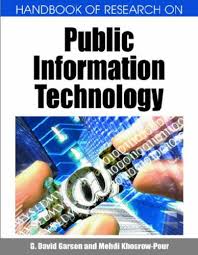
The ability to lead teams is fast becoming a critical skill for all managers in the 21st century. Here are four HBS Working Knowledge stories from the archives that address everything from how teams learn to turning individual performers into team players.
Think you could be CIO? Jim Barton is a savvy manager but an IT newbie when he's promoted into the hot seat as chief information officer in The Adventures of an IT Leader, a novel by HBS professors Robert D. Austin and Richard L. Nolan and coauthor Shannon O'Donnell. Can Barton navigate his strange new world quickly enough? Q&A with the authors, and book excerpt.





















%2520(Custom).jpg)


